The UK’s Strategic Defence Review has confirmed plans for a high-low mix of platforms across all branches of the Armed Forces, combining advanced systems like crewed jets and armoured vehicles with cheaper, autonomous, and expendable assets to deliver greater mass, agility, and resilience.
The Royal Navy will accelerate efforts to shift towards a more “powerful but cheaper and simpler fleet,” focusing on autonomy and digital integration. Carrier Strike, already a key NATO capability, will evolve into hybrid air wings blending F-35B fighter jets with autonomous collaborative platforms and expendable drones.
These hybrid air wings are expected to incorporate long-range precision missiles launched from carrier decks.
The Navy will also explore cost-effective options such as using commercial vessels and allied burden-sharing to supplement the Royal Fleet Auxiliary (RFA) in non-contested environments. The review highlights the essential role of the RFA in sustaining operations including Continuous At Sea Deterrence, carrier strike, and amphibious deployments.
For the British Army, the review outlines a transformation anchored in the ‘Recce-Strike’ model, which aims to increase lethality tenfold compared to conventional armoured brigades. While armoured platforms and attack helicopters remain critical for confronting state adversaries, the Army will integrate these with autonomous and uncrewed systems in a 20-40-40 force mix—20% crewed systems controlling 40% reusable drones and 40% single-use munitions. The review calls for prioritised investment in drones for surveillance and strike, alongside counter-drone and electromagnetic warfare capabilities, supported by on-demand manufacturing.
The Royal Air Force will continue to modernise its Typhoon fleet with new radar, weapons, and avionics while preparing to transition to the Future Combat Air System (FCAS), a sixth-generation capability blending manned and unmanned aircraft with multi-domain connectivity. According to the review, “a crewed combat air platform will remain at the heart of a system-of-systems approach, particularly in airborne air defence to counter peer adversaries’ aircraft, until Artificial Intelligence and autonomy reach the necessary levels of capability and trust.”
The review states the RAF must “set the pace for warfighting as the leading European air force,” with mass and survivability increasingly delivered through a mix of reusable and expendable systems working alongside traditional platforms.


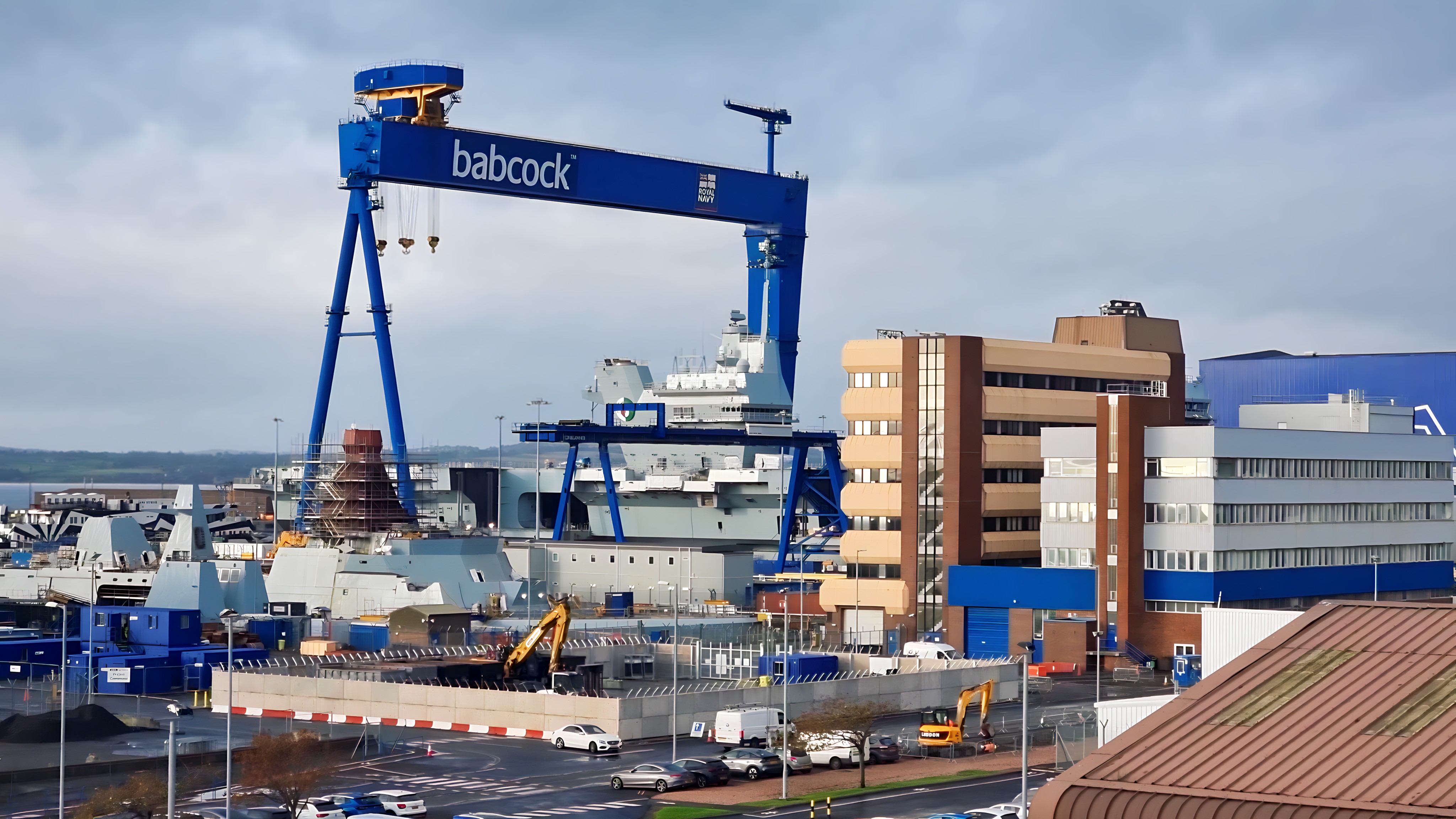
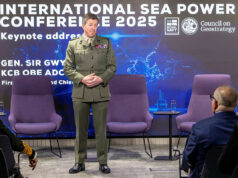
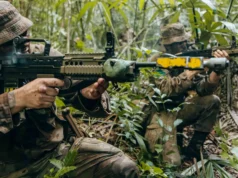

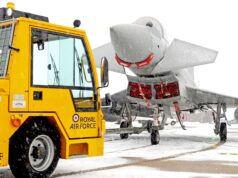
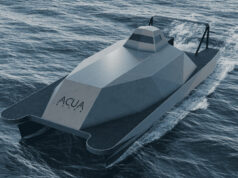



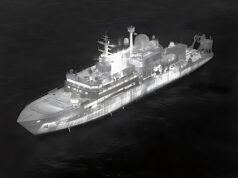

This is something they’ve talked endlessly about for years already but all they’ve done is pump billions into endless case studies, demonstrators, proof of concepts all of them supposed to “inform decisions”. We could have had this mix if they’d stopped fannying around and pissing money away! Until I see hardware hitting front line service I’m sceptical anything will change.
Agree. It’s an on going joke that isn’t amusing anymore.
But HMGs mates in the MIC are happy.
I skeptical that we won’t see much progress in the next 10 years
I read on X the Army has 300 of the FPV types so far, with more coming.
MoD buys various types but it goes where its needed to UKR.
The Rheimmetal UGS has been trialled for years, I think there are around 20?
A CGS years back was talking of thousands of the things.
UKDJ.
United Kingdom Defence Jam.
We got more Jam than Robinsons. (Jello for our colonial subjects).
* preserves
I stand corrected.
Now then, lets talk about Gravy !
Gravy on Biscuits halfwit, things have gone most dreadfully wrong in the American Colonys since we ‘voluntarily’ left …. at the end of a Brown Bess socket bayonet…
The thing that concerns me with autonomous platforms is the enemy really only needs to put all their resources into hacking these systems and using a countries own weapons against them.
Concerns me too, it was my first thought when Musk came and said manned fighters are dead. In Ukraine we see the only assured way to keep control of drones in many environments is through fibre optic cable which is in itself very limiting especially in range. No one seems to have cracked ensured wireless control in most environments which tends to mean onboard ai will become the vital ingredient but one presumes that’s not fool proof either in be in hacked and of course has other unexpected behavioural dangers the more complex it becomes. Don’t know if quantum physics offers a solution but equally it offers a risk in breaking any defensive code too. So the war to gain superiority in offense/defence will no doubt go on and costs of even simple solutions potentially going through the roof.
“Return to sender”.
Don’t give them any more reason to go down the “fitted for but not with” route.
Whilst you mention “high-low mix” in the broader text I think the bit in bold is important context for the RN.
“The Royal Navy must continue to move towards a more powerful but cheaper and simpler fleet, [B]developing a ‘high-low’ mix of equipment[\B] and weapons that exploits autonomy and digital integration.”
This means for me the focus is on unmanned consorts as well as tier one assets such as the T45. So perhaps a future surface war fighting fleet would be closer to 15 crewed T26/T45s with 2+ times that in LUSVs (such as the T92) and XLUUVs to provide the scale. I hope so as that makes a lot of sense.
Perhaps the skeleton crewed 2,500/3,000 ton?? ‘missile barges’ , suggested as part of the broad based T83 solution, could be brought forward to operate with T45/T26/31.
Agree, the T9X classes require the focus more than more frigates (with perhaps the exception of what the MRSS ends up being).
Personally, I would focus on the ASW T92/T93s first, and look to move the T31s in an interim missile barge (T45 Consort) which would ultimately get replaced by the T91 from the mid 2030s. The T45s haven’t been overworked so proving the arsenal ship concept first would de-risks FADS.
Didn’t quite get the RAF high & low, sounds all high to me.
Yawn…endless talk and no action. Missiles from carrier decks? Really? What are the F35 pilot’s going to think about that one?
They’ll be too busy cruising around in Transits, probably on the flight deck—to spare a thought for anything else.
An advantage of an autonomous platform is that it is in fact harder to “hack” or jam as there is no remote control. You tell it what to do, it goes off and does it.
The shift toward fewer but higher-end capabilities does make sense—everyone is moving in that direction to some extent. But it’s clear we’ve taken it too far. We were told it was driven by strategic and technological imperatives, but it’s now obvious that the real driver was financial.
I’d argue it’s a lot harder for the Army than for the RN or RAF to plan for the future—especially after Iraq and Afghanistan…
So, reviews aside, what do people think our priorities should be across all three services going forward?
Just trying to spark some informative debate before inevitably reaching for the “Decanter of Fanter”and single-handedly (possibly with the help of Halfwit) lowering the tone of this page later.
The problem with the ‘Recce-Strike’ model is we have lots of the recce due to getting rid of all our tanks, but none of the strike due to getting rid of all our artillery.
The problem with uncrewed platforms is that in order to have the same range/payload of the escorting manned aircraft/vessel they need to be the same size.
Plus if we could build ships that never broke and never needed any maintenance on a deployment then everyone would be very happy but that never happens yet we’re supposed to believe that is what they will achieve with un manned escorts.
The drone revolution won’t affect the RAF much, the laws of physics mean that aircraft will always be a certain size and cost a certain amount. The real revolution is small scale and it’s largely the army that will be transformed.
It’s amazing that the decades of studies never seemed to realise what the B movie Slaughter bots predicted until it was right in their face in Ukraine and the army brass still seem to discount cheap quad copter drones.
As batteries and AI get better these systems will only get more lethal and the army still persist that recce means a £10 million 35 tonne tank with a telescopic mast.
I get this wasn’t your point…
But We need to be cautious about drawing conclusions from “lessons learnt.” Ukraine is fighting a defensive war of national survival on its own soil, an entirely different context from the UK’s likely operational environments.
“tanks are obsolete” gained traction after Afghanistan, but the war in Ukraine has quickly changed that notion. Context matters, and assumptions from one conflict don’t always translate cleanly to another.
Learning those lessons from Ukraine …
Tanks barely make the headlines in Ukraine
Whilst not completely obsolete…they are ice to have in support.. but they are just too heavy, and get bogged down in the condition = INSTANT DRONE BAIT
Same with some of the artillery, it shoots and then gets put back into its camo and hidden as its too easy a target 🎯
Every type of vehicle is needed, and fitted with drone jammers
We raised money for and donated a STEYR 1291 for a Brigade a couple of months ago
Last week, we completed a fundraiser for 10 AUTEL EVO MAX 4T batteries due to the government \ military ones FAILING so we were called upon to help
FPV Drones are at the top of the wanted list. and via the front line its WE NEED DRONES…NO DRONES = DEFEAT
British Armed forces needs to wake up and get some equipment… and stop faffing about
A mix of platforms is welcome… if they don’t screw this up
More powerful but cheaper. So complete 180 on the direction of travel we’ve been on for decades then.
I worry about the MOD getting all besotted about unmanned drones, whether UAVs, FPVs, MALE iSTAR ones or UUVs.
In land warfare, drones cannot take or hold land, reinforce a defensive position, maneuver to defeat an enemy formation or many other necessary tasks.. The Russian use of them in Ukraine is not dissimilar to the rolling artillery barrages of WW1, behind which the ground forces advance a couple of kilometres. Where they are proving invaluable is surprise attacks against mobile and moreso static targets.
The day of the dominant drone may well be short-lived, as they are countered by signal jamming, electronic spoofing and.gun/missile/laser fire from specialised C-UAS equipments, like Rheinmettal’s Sky Ranger. We seem miles behind the curve in the UK, where the MOD seems to be just waking up to drone warfare and perhaps even moreso to how attractively cheap drones are compared to more capable military kit.
I think if the Stuka had just appeared on the Ukrainian battlefield, the MOD civvies would be bouncing around making a Stuka lookalike the next big thing. Of course, Stukas were obsolete within a couple of years, about as much use as our Watchkeeper UAV turned out to be.
The large unmanned, unarmed UUV being talked about as a sensor to detect Russian submarines in the Atlantic sounds like a bit of a sitting duck for enemy countermeasures, not helped by it travelling at a max speed of 4 or 5 knots. Basically, it will not be able to do a tenth of what a conventional diesel electric with lithium batteries could – the fact that it is cheap doesn’t make it efficacious or cost-effective.
Basically, the MOD is in danger of sidelining the conventional kit we badly need and putting the money into cheap unmanned goodies. By the time they actually start producing them, countermeasures against drones will be so advanced that their role on the battlefield diminishes considerably.
I cringe at the word “Hybrid” especially in a defence context. The meaning is often “Not good at anything”.
A little like strapping long range land attack missiles to a QE class before the ship or airwing has a single credible anti-shipping weapon.
QE deck is a big space not limited by aircraft size and ship VLS constrains.